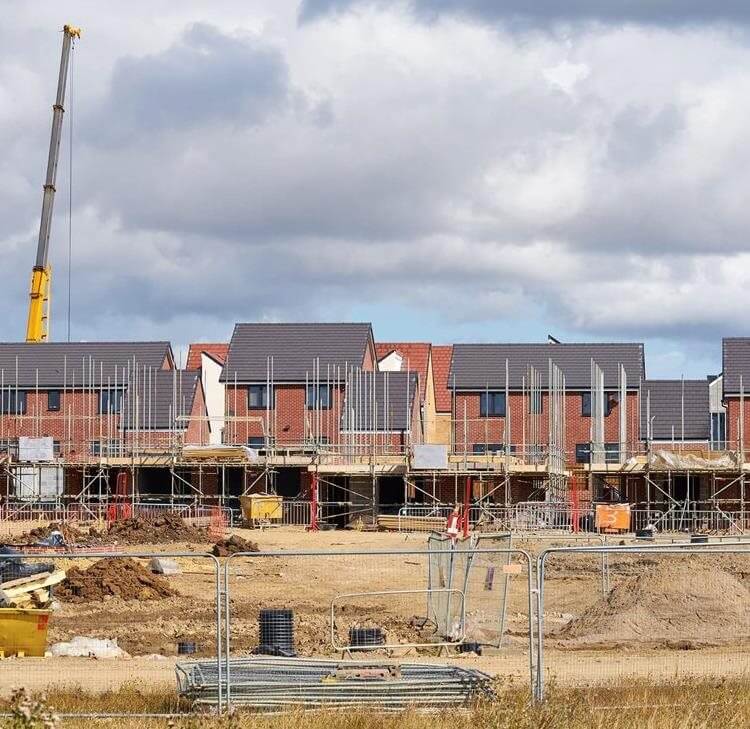When is a survey a consultation?
The recent case of Binder -v- Secretary of State for Work and Pensions [2022] EWHC 105 (Admin) (25 January 2002), is worth consideration for public bodies undertaking consultation.
The recent case of Binder -v- Secretary of State for Work and Pensions [2022] EWHC 105 (Admin) (25 January 2002), is worth consideration for public bodies undertaking consultation.
In its 2019 manifesto the Conservative Party indicated it would publish a “National Strategy for Disabled People” before the end of 2020. As a result of the pandemic, the strategy was not published until July 2021.
In terms of engagement, a press release issued on 2 April 2020 indicated that the Strategy would build on evidence and data “and critically on insights from the lived experience of disabled people.” It also stated that the Government wanted to “undertake a full and appropriate programme of stakeholder engagement.” A variety of engagement did take place, and in a blog post in December 2020, the Government stated that “We are continuing to listen to stakeholders to find the right areas to build a strategy that makes a real difference to the lives of disabled people”. During the case the Government accepted that this phase of engagement (through to January 2021) was information gathering, and could not be based on a draft strategy, or even on policy proposals as these were intended to emerge through the engagement process.
A survey was developed between September 2020 and January 2021, and was published on 15 January 2021. The press release which heralded the release of the survey stated that “We want to place the lived experiences of disabled people at the centre of our approach, as well as views from people across the country including those caring for and related to disabled people, as well as the general public.” The press release also said quite clearly that if views were provided it would “inform the development of the National Strategy for Disabled People”. A blog post published the same day stated that “We are initially launching an online survey to gather these views, and we would like you to contribute” and “This is part of our ongoing consultation and marks the start of our insight gathering.”
The survey was placed on the Disability Unit website on the “Consultation Hub”, which listed the survey as one of its “Open Consultations”.
The survey comprised 113 questions, of which only 4 were open ended, with the rest being multiple choice. The defendant conceded in the case that the survey did not outline the proposed content of the Strategy and did not allow comments on any specific policy proposals.
On the publication of the strategy on 28 July 2021 the Government press release referenced the Survey as “the biggest listening exercise with disabled people in recent history”, and claimed that “as a result, this strategy is far more wide-ranging than approaches of the past”.
The Government argued that the engagement, and the survey, were only intended to be used to enable the Government to gain insight into the lives of people with disabilities, and were never intended to amount to a consultation on the content of the policy itself.
The court referenced the four main circumstances where a duty to consult may arise as articulated in the case of R (Plantagenet Alliance) Ltd v Secretary of State for Justice [2014] EWHC 1662 (Admin):
- Where there is a statutory duty to consult;
- Where there has been a promise to consult;
- Where there is an established practice of consultation; and
- Where, in exceptional cases, a failure to consult would lead to conspicuous unfairness.
The Claimants relied on the fourth circumstance in arguing for a duty to consult in this case, namely that the failure to consult would lead to conspicuous unfairness. In the alternative, they argued that the defendant had voluntarily embarked upon a consultation, which had been inadequate.
On the primary argument the court found against the Claimants. Mr Justice Griffiths concluded that the Strategy was so preliminary and general in nature that it did not make any changes to the law, or even to the main policy position of the Government. Rather, it provided a policy framework within which specific future policies would be developed and implemented. That being the case, it was like many other Government strategy or guidance documents, and publishing it without a consultation was not conspicuously unfair.
The court then moved on to consider whether the defendant’s actions had amounted to a voluntarily consultation. Mr Justice Griffiths found that a consultation had been voluntarily embarked on. He reached that conclusion based on the series of press releases outlined above. He found that initially the approach taken was consistent with an information gathering exercise, with no specific commitment as to how the information gathered would be used, and whether it would impact in any way on the Strategy, but that by the press release of 2 April 2020, the language used was more around the “criticality” of stakeholder views in designing the Strategy, and talked about a full programme of stakeholder engagement. The Judge also highlighted the use of the word “consultation” on the launch of the survey and the placing of the survey on the “consultation hub”. The court also referenced statements made at the time of publication of the Strategy, which it said demonstrated that the survey had impacted on the content of the Strategy.
Having made that finding, it was fairly easy work for Mr Justice Griffiths to find fault with the substance of the consultation. The Government had conceded that the survey asked no questions based on the draft policy. As a result the Judge was able to conclude that insufficient information had been provided to those consulted to make an informed comment on the proposals, and that therefore the Gunning principles were breached.
So what can we take from this case in terms of practical tips for those running consultations:
- If you wish to undertake some kind of engagement, but do not want to undertake a consultation which is required to comply with the Gunning principles, then you need to be very careful about how you manage the engagement.
- It would appear that a “listening exercise” is probably acceptable, but that when engagement begins to be too closely linked to an emerging strategy or other outcome then there is a danger that such linkage may lead to a finding that a consultation has been undertaken.
- Certainly, referencing the engagement as being “crucial” to the formation of policy, or referring to a “wide ranging” stakeholder engagement prior to the formation [of will] suggest that the exercise is, in effect, a consultation.
- Use of the word “consultation” about anything which is not a Gunning type consultation is very dangerous indeed; and placing documents on a consultation hub was clearly problematic.
- Likewise, where a listening exercise causes you to significantly change or adapt your approach, this may suggest that you need to also undertake a Gunning consultation. That said, we feel that here it was perhaps the language used which was problematic. There would be no point doing any kind of engagement if you were not permitted to use what you find. Here the issue appears to have been the direct link between the survey outcomes and significant changes to proposed policy which was the issue.
- There is also confirmation again that a survey with mainly closed questions, or limited opportunities for open ended responses will cause problems when a Gunning consultation is undertaken as it restricts the responder’s scope to comment on any and all aspects of proposals.
We do wonder whether the pandemic was a factor here, with timescales becoming more drawn out, and perhaps a blurriness creeping in about the purpose of the engagement, but nevertheless, this is a case which provides a cautionary tale, yet again, for public bodies involved in engagement and consultation.









































